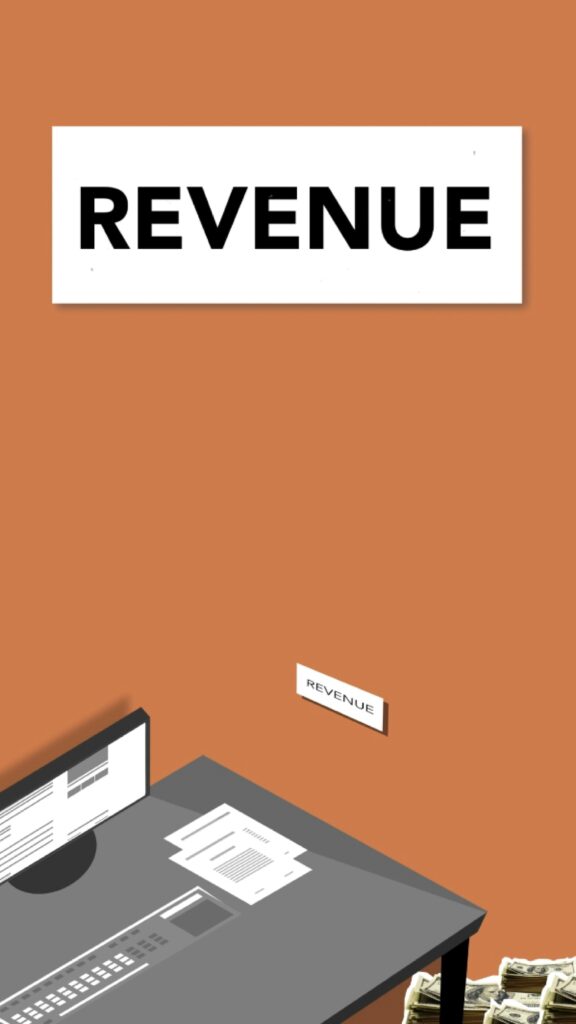Contents
- 1 Embarking on the Journey:
- 2 Setting Sail with Sales:
- 3 Documenting the Adventure:
- 4 Dance of Delivery:
- 5 Invoicing: The Heartbeat of Revenue:
- 6 Payment Encore:
- 7 Closing the Loop:
- 8 Reveling in the Feedback:
- 9 The Continuous Rhythm:
- 10 Technology’s Role:
- 11 Adapting to Market Changes:
- 12 Conclusion: The Dance of Financial Success:
Embarking on the Journey:
- The revenue cycle is the lifeline of any business—a rhythmic journey that begins when a product or service is offered and ends when the payment is received. Picture it as a seamless circle of transactions that keeps the business engine humming.

Setting Sail with Sales:
- The journey starts with sales. This is where a business showcases its offerings, be it products or services, and entices customers to make a purchase. It’s the beginning of a potential revenue stream.
Documenting the Adventure:
- As the customer decides to buy, the transaction is documented. This step involves creating sales orders, invoices, or receipts—paperwork that not only solidifies the deal but also plays a crucial role in tracking and managing the revenue flow.
Dance of Delivery:
- Once the purchase is confirmed, it’s time for delivery. Products are shipped, or services are rendered, marking a key phase in the revenue cycle. Customer satisfaction here paves the way for recurring business.
Invoicing: The Heartbeat of Revenue:
- Invoicing is the heartbeat of the revenue cycle. It’s the official request for payment, detailing what was purchased, how much it costs, and when payment is due. A well-crafted invoice ensures a smooth financial dance.
Payment Encore:
- When the customer receives the invoice, the payment dance begins. It could involve various methods—credit cards, checks, or even modern digital transactions. This phase completes the cycle, turning the promise of revenue into tangible funds.
Closing the Loop:
- As payment is received, the revenue cycle closes its loop. The journey, from the initial sale to the ultimate payment, is complete. The business has successfully transformed its offerings into financial gains.
Reveling in the Feedback:
- Post-payment, there’s often room for feedback. Happy customers might provide testimonials or become repeat buyers, restarting a new cycle. Even if there are concerns, businesses can learn and improve for the next round.
The Continuous Rhythm:
- What makes the revenue cycle truly dynamic is its continuity. As long as a business is in operation, the cycle keeps spinning, creating a rhythm that sustains the financial health of the enterprise.
Technology’s Role:
- In the modern era, technology acts as the conductor of this revenue symphony. Software and systems automate and streamline each step, making the cycle more efficient and less prone to hiccups.
Adapting to Market Changes:
- The revenue cycle isn’t rigid; it adapts to market changes and consumer trends. Businesses need to be nimble, adjusting their offerings and strategies to keep the cycle thriving.
Conclusion: The Dance of Financial Success:
- In essence, the revenue cycle is a dance—a series of coordinated steps that transform a business’s value into tangible returns. Understanding this dance and fine-tuning its movements is key to the financial success of any enterprise.
10 thoughts on “Navigating the Revenue Cycle: A Simple Guide”